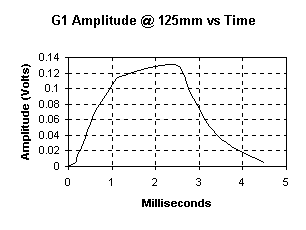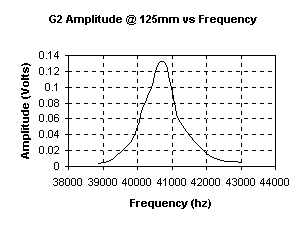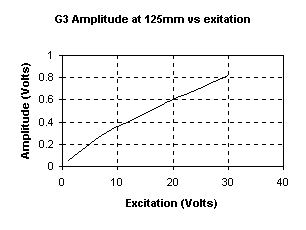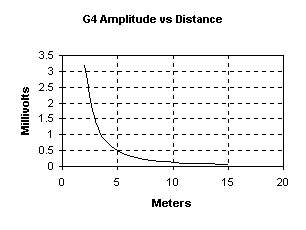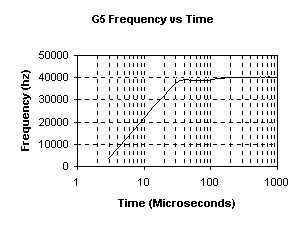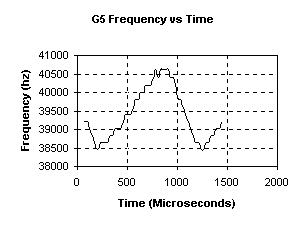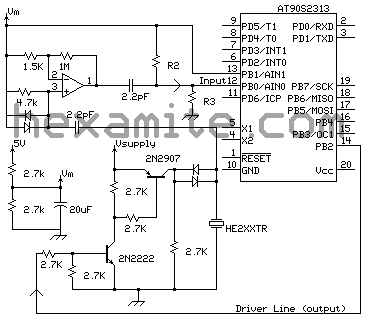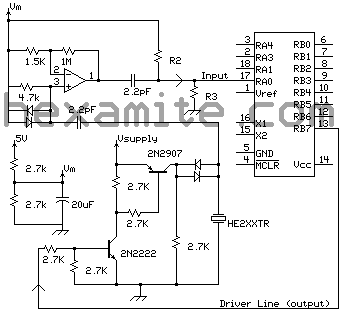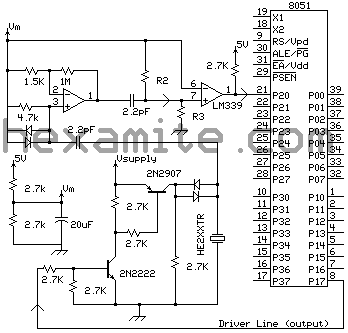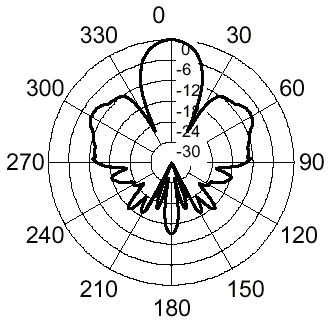-
Precision Positioning
-
Wind speed Monitoring
-
Doppler Applications
-
Echo Ranging
-
Level Measurements (Solids and Liquids)
The HE240S series sensor is protected by a heavy duty chromed brass housing, with 1/8" or 3mm thick walls. The American standard NPT configuration and 3/4" pipe size, readily available mounting accessories make this sensor easy to apply and install.
|
HE240STR |
 |
|
Size: 1.05" dia x 1.60" -- 3/4" NPT |
